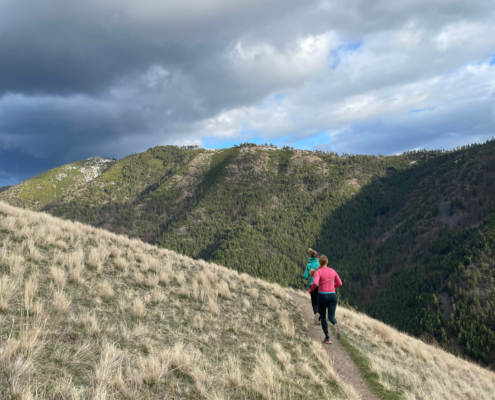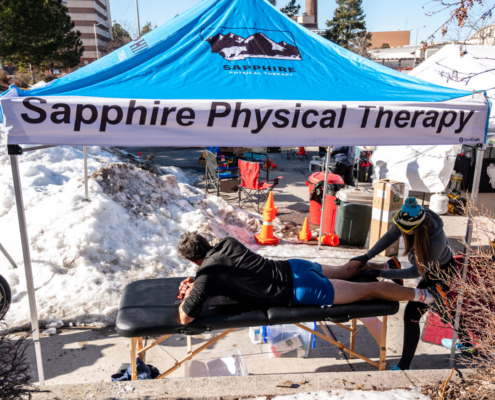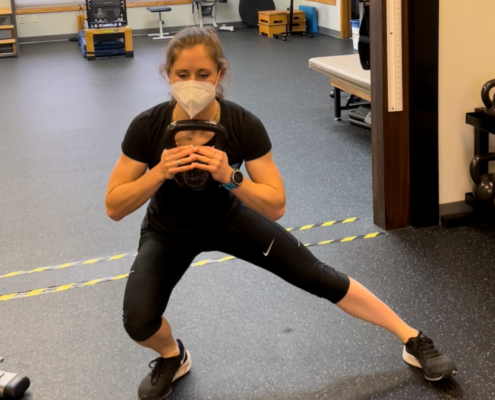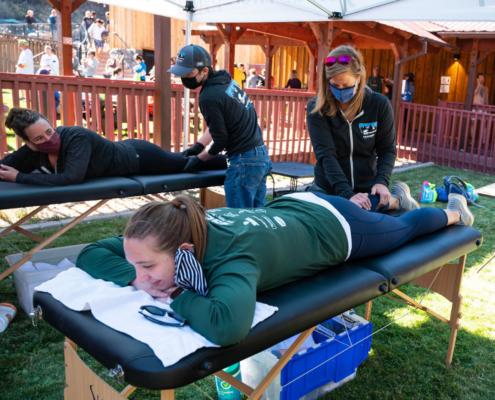
What goes up, must come down
By: Sam Van de Velde
Exercise Physiologist at Sapphire Physical Therapy (and RE's newest employee!)
How to get better at running uphill
A large component of uphill running is based on having an efficient cardiovascular system. There is a…

Understanding and Treating Plantar Fasciitis in Runners
By: John Fiore, PT
Spring is around the corner and as the roads and trails thaw out, Missoula runners will be ramping up their training miles in preparation for 2022 adventures and races. Running on ice and snow all winter can take a toll…

Avoiding injury in the adductors
By: Evie Tate, PT, DPT
Winter running can bring on a host of challenges, from cold feet to unstable surfaces. One injury that we see often is adductor (or groin) strains which can occur when your leg rapidly slips out in a lateral direction.…

Hamstring Strains: How to get back to running faster and reduce injury risk
By: Holly Warner, DPT
Hamstring injuries are common among runners and have a high rate of recurrence (1). Therefore, it is especially important to focus on isolated strengthening after injury to restore muscle function and reduce risk of…

You've got your back - addressing spine mobility
By: Erin Williams, PT, DPT
We runners (hopefully) think about our leg strength and core strength. Perhaps even occasionally our arm strength when summer hits. What is often neglected, however, is our spine. To think about the spine as…

Strength Training and the Older Athlete
By: Rylin Fox, PT, DPT
If you are around 35 years old or older, you are now in possession of an “aging body” that requires a little extra TLC (tender loving care) to continue operating like it did only a few years ago. As we age, there…


